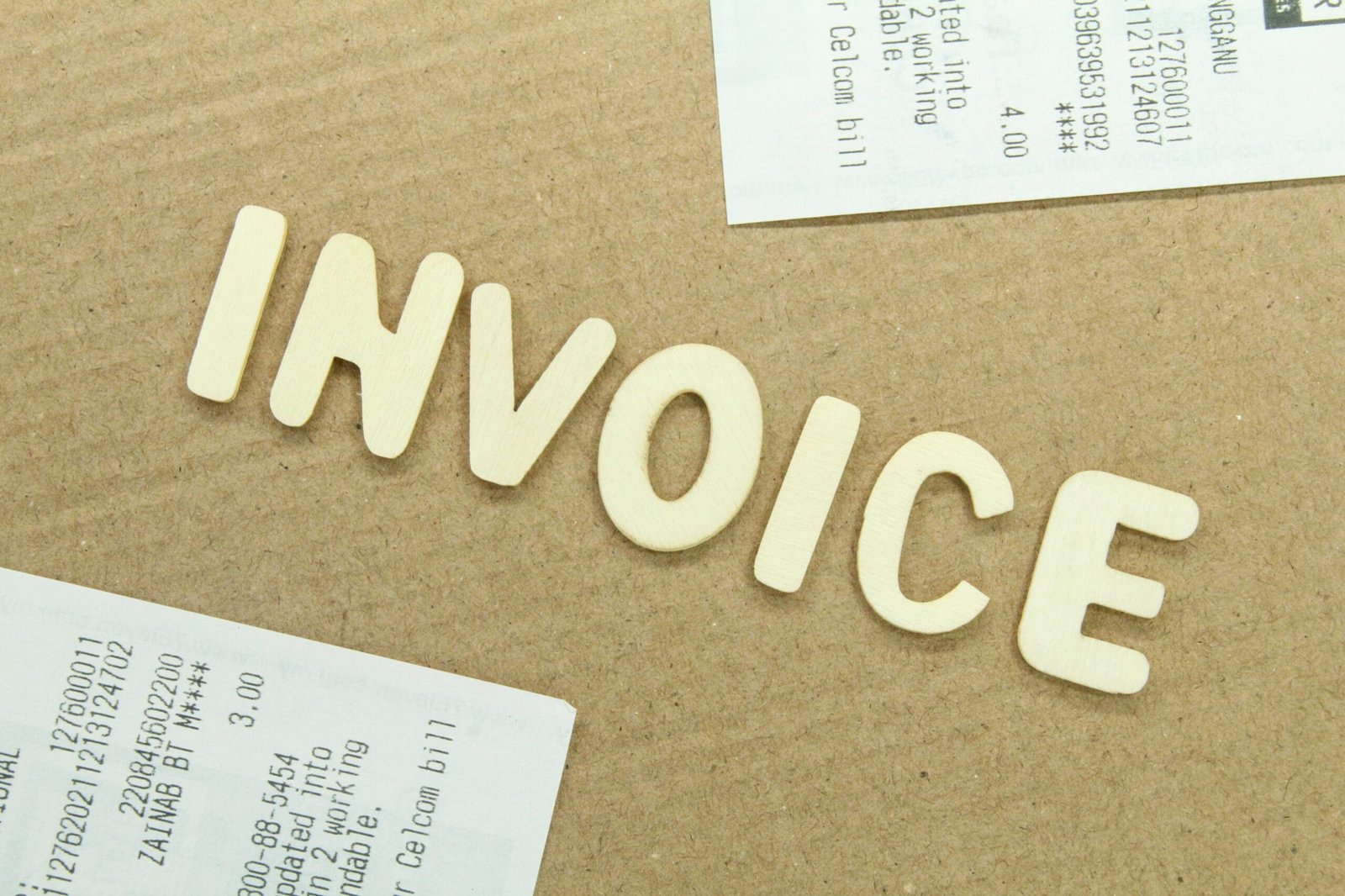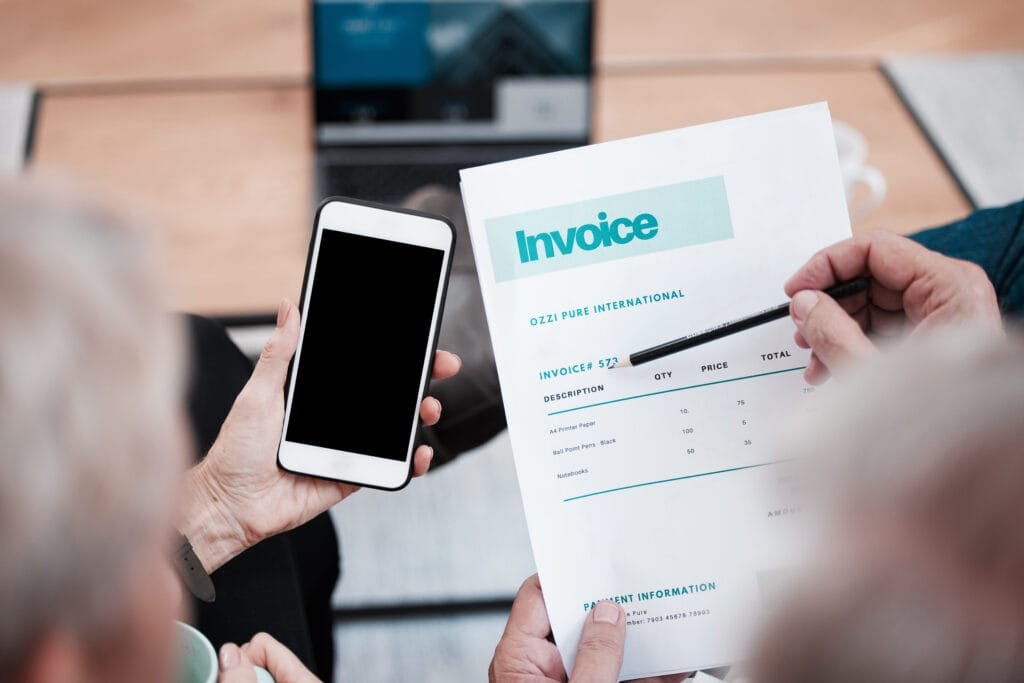
Table of Contents

Managing open invoices can often feel like navigating a maze. You send them out with the hope of timely payments, but somehow they linger in limbo. An invoice is more than just a piece of paper; it represents your hard work and dedication to your clients. But when payments are delayed, that can lead to cash flow issues and unnecessary stress.
Understanding how to manage these outstanding invoices is crucial for any business owner or freelancer. The good news? With the right strategies and tools at your disposal, keeping track of those open invoice becomes much easier—and far less daunting. Let’s dive into some tips and tricks that will not only help you monitor outstanding invoices effectively but also ensure you get paid on time!
The Importance of Managing Open Invoice
Managing invoices is essential for maintaining a healthy cash flow. Every outstanding invoice represents money that you’ve earned but haven’t yet received. Delayed payments can create financial strain and hinder your ability to invest in growth.
Furthermore, an organized approach to open invoice enhances professionalism. It shows clients that you value prompt payment and are serious about your business operations. This can strengthen relationships and encourage timely responses.
Effective management also allows for better forecasting. By keeping track of outstanding invoices, you gain insight into expected income and can plan accordingly—whether it’s budgeting for new projects or preparing for unexpected expenses.
Staying on top of invoices reduces the risk of errors or miscommunication with clients regarding payment terms. When everything is documented clearly, both parties have a mutual understanding, leading to smoother transactions over time.
Understanding the Invoice Process
The invoice process starts when you provide goods or services to a client. Once the work is completed, it’s time to create an open invoice. This document outlines what was delivered and how much is owed.
An outstanding invoice serves as a reminder for clients about their financial obligations. It typically includes key details such as due date, payment methods, and any late fees applicable.
After sending the invoice, tracking its status becomes crucial. Understanding whether it’s been viewed or paid can guide your follow-up strategy.
Clients may have questions about specific charges or terms. Clear communication can help resolve issues quickly and ensure payments are made on time.
Remember that each step in this process impacts your cash flow significantly. Properly managing invoices lays the foundation for a healthy business relationship with clients.
What are the Common Mistakes with Open Invoices?
Open invoice can easily become a source of frustration if not managed properly. One common mistake is the lack of clear communication with clients. When expectations aren’t set, misunderstandings arise.
Another frequent issue is failing to keep track of outstanding invoices. Many businesses lose sight of what’s pending, leading to confusion and delayed payments.
Late payments are also a significant problem. Ignoring follow-up reminders or not having a system in place for tracking due dates can result in penalty fees that could have been avoided.
Many overlook the importance of proper documentation. Inadequate records make it difficult to resolve disputes when they occur. Each mistake compounds the challenges associated with managing open invoices effectively.
Lack of Clear Communication
Clear communication is vital when it comes to handling open invoice. When parties involved don’t understand what’s expected, confusion sets in. This often leads to delays and misunderstandings.
Without a well-defined agreement or clear instructions, clients may miss payment deadlines. This not only creates frustration but can also harm business relationships.
Additionally, unclear terms on an invoice itself can lead to disputes over amounts due or payment timelines. If the details are vague, it puts both the sender and receiver at risk of miscommunication.
Regularly discussing expectations around payments helps mitigate this issue. Open channels for inquiries about outstanding invoices encourage transparency and trust between businesses and their clients. By fostering a culture of communication, companies can ensure everyone is aligned on financial obligations and responsibilities.
Not Keeping Track of Invoices
Not keeping track of invoices can lead to chaos. When businesses fail to monitor their open invoice, they risk losing money and damaging relationships with clients.
Imagine sending out multiple bills without knowing which ones are unpaid. It creates confusion and frustration for both parties involved. Clients may question the legitimacy of charges or even dispute payments if they’re unaware of what’s outstanding.
Additionally, missed deadlines can result in costly late fees. An organization might not realize it until it’s too late, leading to unnecessary financial strain.
A solid tracking system is essential for any business that deals with invoices. Regularly reviewing outstanding invoices ensures timely follow-ups and a healthy cash flow. Investing time in proper tracking tools pays off significantly in the long run by streamlining processes and enhancing communication with clients.
Late Payments and Penalty Fees
Late payments can be a significant headache for businesses managing open invoice. When clients miss payment deadlines, it not only disrupts cash flow but also creates unnecessary stress.
Many companies impose penalty fees to encourage timely payments. However, this tactic can backfire if clients feel overwhelmed or resentful. It might damage relationships and lead to disputes over outstanding invoices.
Moreover, late payments often result in increased administrative tasks. Tracking overdue accounts requires time and effort that could be better spent on growth initiatives.
To mitigate these issues, it’s essential to set clear terms upfront. Ensure your clients understand payment expectations right from the start. That way, both parties know what’s at stake.
Open communication channels about invoice status can also help smooth out potential bumps along the road. By fostering a proactive approach, you increase the likelihood of receiving payments promptly without penalties.
How to Avoid These Mistakes?
To steer clear of common mistakes with open invoice, prioritize communication. Regularly update your clients about their outstanding invoice status. This keeps everyone on the same page.
Implement a robust tracking system for all invoices. Utilize software that sends reminders and alerts when payments are due or overdue. This helps keep everything organized.
Establish clear payment terms upfront. Specify deadlines and penalties for late payments in your agreements to set expectations from the start.
Automate where possible. Use invoicing tools that streamline processes, reducing manual entry errors and ensuring timely follow-ups.
Encourage prompt payment by offering discounts for early settlement of outstanding invoices. This can motivate clients to pay sooner rather than later.
Periodically review your invoicing practices and adapt based on feedback or changes in business needs to maintain efficiency in managing invoices.
Conclusion
Invoices can be a source of confusion and frustration for many businesses. Understanding the common mistakes associated with them is crucial to maintaining healthy cash flow and positive relationships with clients. By focusing on clear communication, diligent tracking, and timely follow-ups, you can significantly reduce the risk of outstanding invoices impacting your operations.
Utilizing tools like Oildex login can streamline your invoicing processes and help prevent common pitfalls. Remember that staying organized is key in managing invoices effectively. With these strategies in place, you’ll find it much easier to navigate the complexities of invoicing.
Learning from past mistakes will not only improve your current practices but also pave the way for future success. Embrace proactive measures to ensure that invoice meaning resonates positively within your business framework. Take control today; don’t let outstanding invoice issues linger and affect your bottom line any longer!
⚠️ DISCLOSURE ⚠️
All websites and tools have been and will continue to be thoroughly examined by experienced technology from any website. Many of these tools are commonly used in informational purpose only, but new tools arise every day. If you do not give your child permission to use these Web application tools, an alternative assignment will be provided. Learn more



